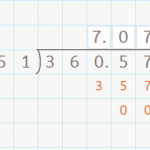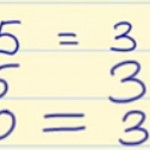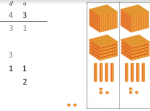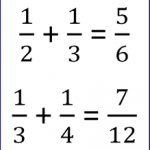Jun15
Geometric Shape: Properties of a Square

Today, we’re going to take a look at a shape that you definitely know already, but maybe you aren’t familiar with all of its main characteristics. I’m talking about the square. Geometric Shape: Square The square is a geometric shape that belongs to the quadrilateral family because it has 4 sides. The 4 sides are […]
Continue reading »





